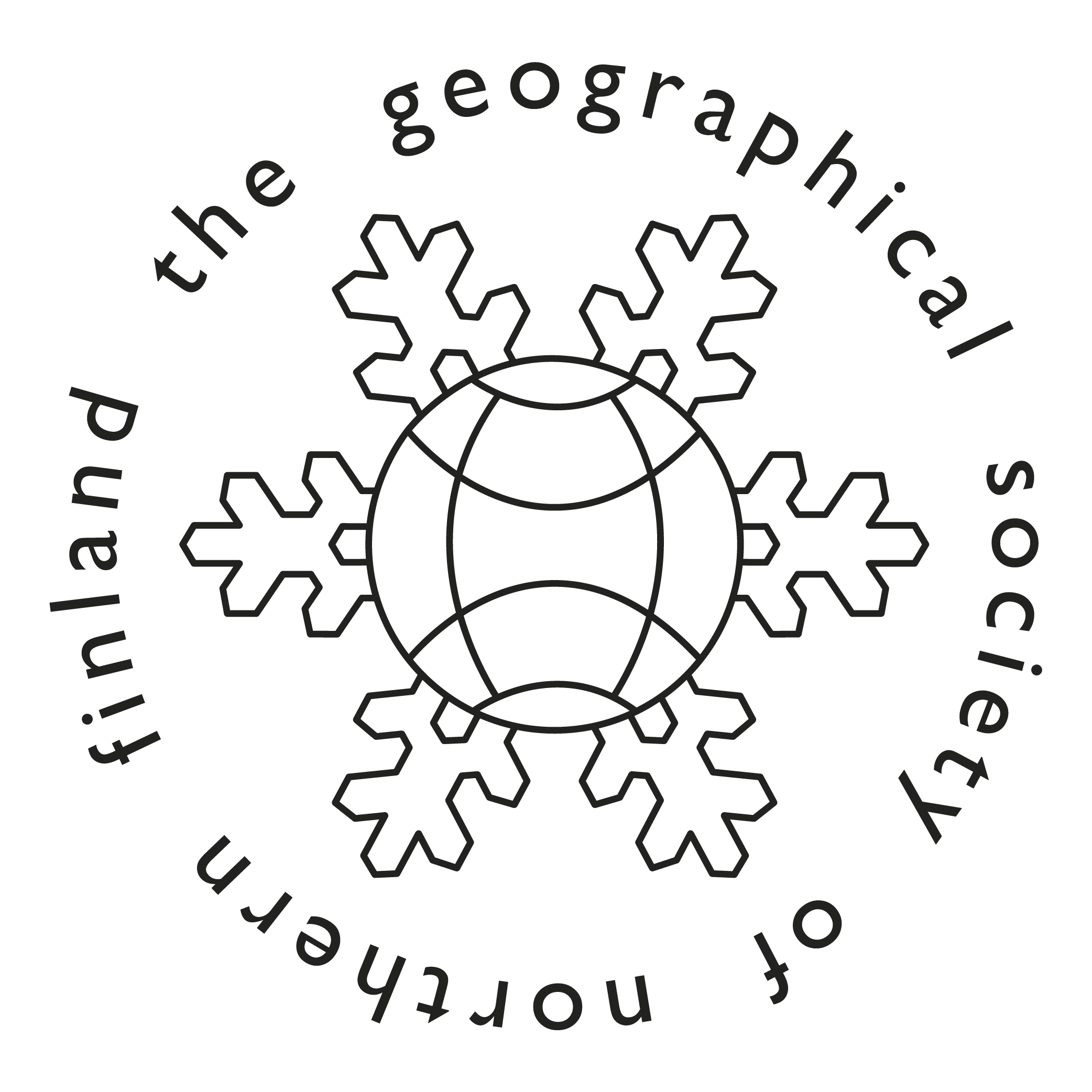Geomorphic evidence of extreme events in the High Arctic (Wedel Jarlsberg Land, Svalbard)
DOI:
https://doi.org/10.30671/nordia.147657Abstract
Among the geomorphological processes determined by meteorological conditions, topography, and geological factors, floods and various mass movements have an extreme origin. In the High Arctic, which is the domain of cryogenic processes, extreme events can reach a scale and intensity never before observed, considering the exceptionally rapid environmental changes caused by global warming. It is widely believed that the frequency of extreme events will increase. However, knowledge about their past activity is limited due to the low population density in high-latitude areas and the deficit of adequate observations before the digital era. They are recorded in sediments and landforms, which require comparative analysis. This paper gives two examples of landforms resulting from extreme geomorphological events occurring in Wedel-Jarlsberg Land on the western coast of Svalbard (approx. 77°N). A basic description of an alluvial fan with an area of 0.067 km² was provided, resulting from mud-debris flows from the Steinvik Valley, likely due to water being pushed out of a shallow lake with an area of 0.022 km². The possibility of a landslide occurring in the postglacial period on the slopes of the Jens Erikfjellet massif was also indicated. The timing of the events is discussed based on the existing dating of raised marine terraces. The presented data come from preliminary studies, such as field observations, simple measurements, and GIS analysis of available digital materials. The outcomes can introduce a better understanding of the scale of extreme processes and the search for similar landforms. Such inventory has not yet been comprehensively conducted on Svalbard, even though extreme events commonly occur during the Holocene climate fluctuations in this area. Their frequency and scale remain unknown.

Downloads
Published
Issue
Section
License
Copyright (c) 2025 Marek Kasprzak

This work is licensed under a Creative Commons Attribution-NonCommercial-NoDerivatives 4.0 International License.






